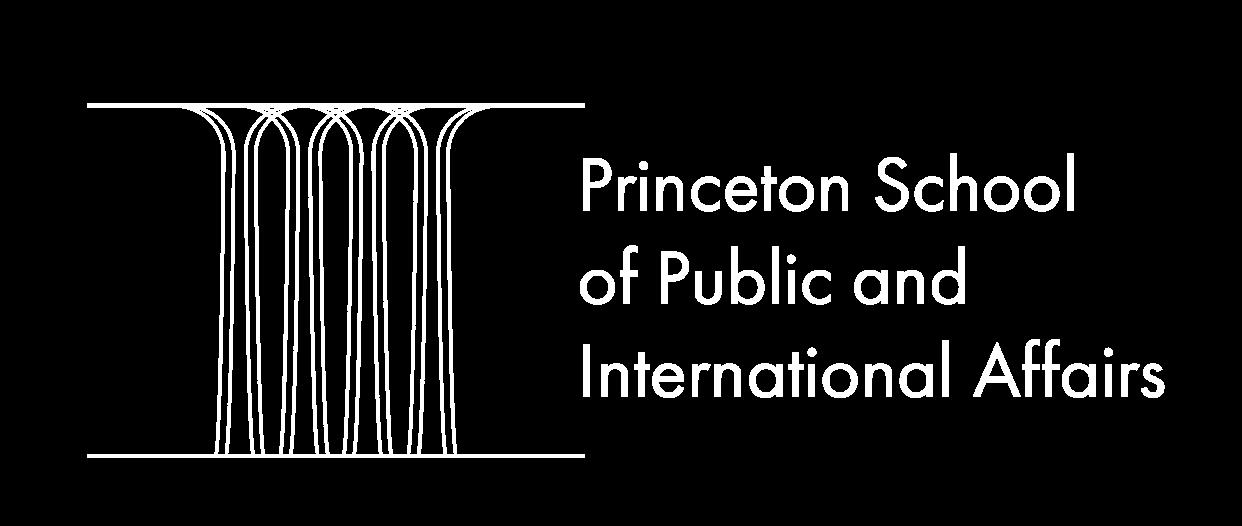
4 minute read
Executive Summary
The world of charitable giving is a world of redistribution: surplus aid and money from one place being directed to another place in need. motives for charitable donations are plentiful; whether donors are motivated by a feeling of duty, recognition, or altruism, global aid totaled upwards of $600 billion dollars in 2019.1
Our client, The Life You Can Save, is a foundation whose mission is to end global poverty. Ending global poverty comes through effective giving, and, in particular, through a group of nonprofits that The Life You Can Save has selected for their efficiency in saving “the most lives per dollar.” The Life You Can Save believes that extreme global poverty can be eradicated if each person that could donate a small amount actually does so. At present, the foundation finds that there is still considerable work to be done and that more people stand to benefit and contribute to ending global poverty.
Advertisement
Our report, Behavioral Insights to End Global Poverty, is a step in this direction. Our client is interested in using the tools of behavioral economics and decisionmaking sciences to ground their work going forward. We aim to better assess opportunities for our client to spread its message, attract new donors, and raise funds to end global poverty.
The Life You Can Save is an extension of the effective altruism community – an informal group of people connected by a shared desire to improve the world by giving money to just and impactful causes. Our analyses found that the demographics of the effective altruism community and the visitors to the The Life You Can Save’s website are very similar; the group skews male, young (ages 25-34), educated, Western, white, and technology-oriented. Further, the demographics of the website visitors are almost entirely represented by the Anglophone countries of the United States, Australia, the Uk, Canada, and Ireland.
Our analyses show that The Life You Can Save’s donations are not driven by major world events, such as natural disasters. Rather, the bulk of their donations are received near the end of the tax year, particularly in the U.S. and Australia. Thus, The Life You Can Save’s donors indeed appear to be forward-looking: they are focused on long-term needs rather than emotionally salient events.
One of our main analytic findings relate website usage, donation likelihood, and point-of origin. Our analyses show that while the number of website visitors coming from social media channels is smaller than the client’s robust email base, those who do come from social media are more likely to donate. The share of donations resulting from email origin is nearly double that of social media and yet yields a lower likelihood of donation. We suggest that The Life You Can Save continue to view social media as an important growth opportunity.
The “Best Charities” page of the website is doing well but maybe underperforming its true potential. There is healthy traffic towards this page, and it accounts for the second highest likelihood of receiving a donation after only the homepage, but it also has a high bounce rate, meaning that visitors quickly look at the page and then move on without further interactions. By looking at different types of visitors we posit that this could be due to information overload: that people go to this page to seek information, but decide not to engage further with the website due to limited bandwidth and the large quantity of content presented.
Our analyses also find that the visual presentation of charities does have an effect. This is true of the “All Charities” option and in particular for the Against malaria Foundation (AmF). AmF has a prime location on the “Best Charities” page and receives the second highest number of donations behind the “All Charities” option. The average donation to AMF ($128) is significantly smaller than “All Charities” ($254). We hypothesize that donors could be well-informed about the cost of a mosquito net and its effectiveness, but might feel less inclined to donate to all of the charities.
With our literature review, we present five behavioral principles and assess their relevance to the work of our client, using a comparison with peer organizations, Give Well and Charity Navigator. Specifically, these principles are choice architecture, social norms, empathy, overhead cost aversion, and anchoring. We believe that The Life You Can Save can expand its influence and effectiveness by utilizing these principles more broadly. Give Well and Charity Navigator offer possible insights into how these principles can be implemented more effectively.
We ran a short social media test from November 16 to 30, 2020, to study different messaging grounded in the five principles. Due to several constraints, our experiments lack statistical power to make conclusions. Instead, the test offers suggestive evidence of our recommendations to simplify the messaging and to make social media “more social.” We find that of Facebook, Instagram, and Twitter, Facebook saw the largest treatment effects of our messaging as measured by reactions and sharing. Reactions jumped from an average of 5.8 per post in the control time period to 10.8 per post during treatment.
There is a considerable amount of content on The Life You Can Save’s website. Simplifying the presentation might be explored: we suggest a decision-tree quiz which can bring potential donors to a decision and reduce the cognitive load currently required to navigate the website. Charities could also be grouped by theme and not just title, which would reduce the amount of presented content.
The Life You Can Save is an effective charity aiming to end global poverty. We believe The Life You Can Save can become yet more effective with more attention to behavioral insights and principles.
8 BEHAVIORAL INSIGHTS TO END GLOBAL POVERTY







